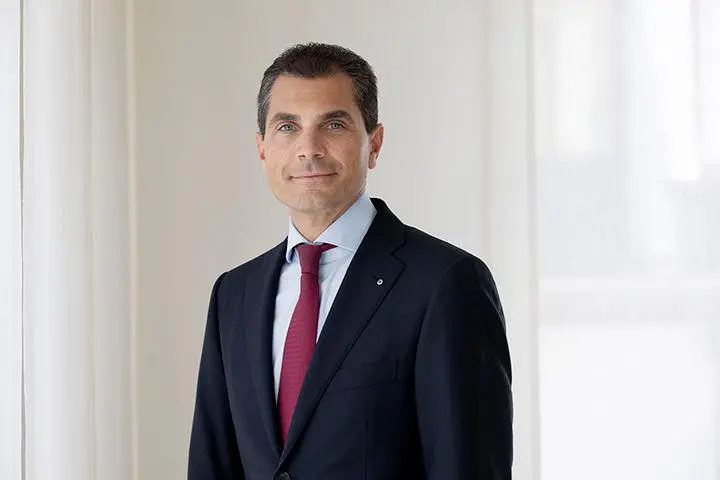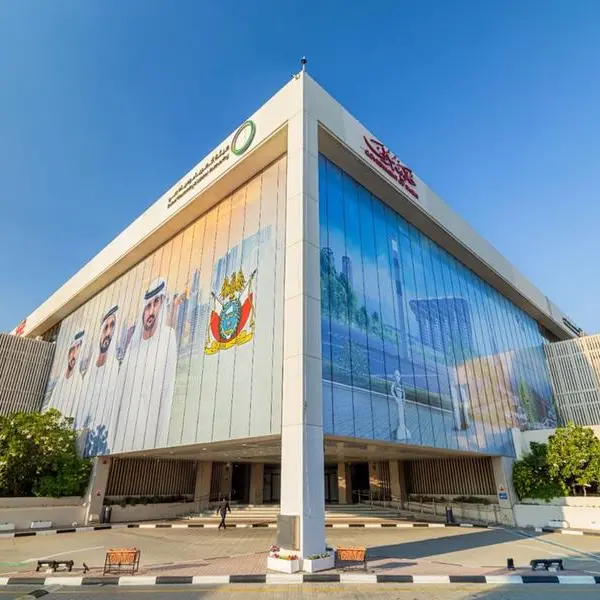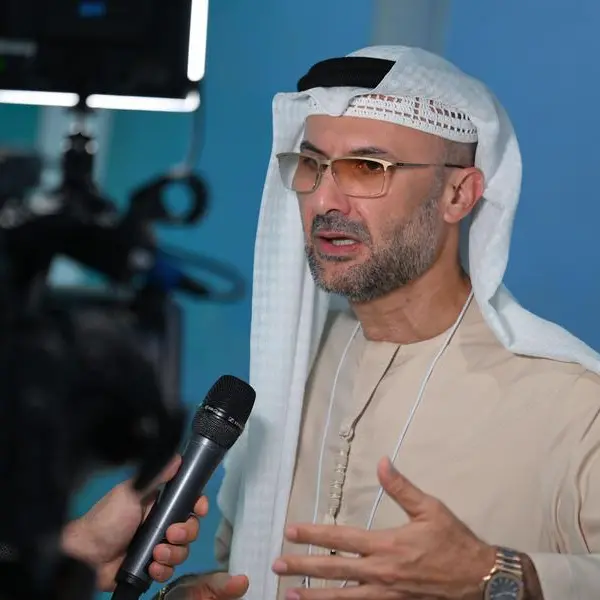PHOTO
The COVID-19 pandemic has caused a shift away from traditional fixed income into assets such as private equity, real estate, and hedge funds, Daniel Savary, Global Head Middle East & Africa at Pictet Wealth Management, told Zawya in an interview about investment opportunities for the region’s wealthy.
What are the key investment sectors for the region’s wealthy?
Like many investors across the world, the wealthy in the Middle East also look for stability, diversification, and alpha generating opportunities within their investment portfolios. From an equity sector perspective, we have seen interest in Tech, Energy, and Consumer Discretionary although there is some appetite for Financials and Healthcare as well.
How has the pandemic changed the asset allocation decisions of the Middle East’s investors?
The pandemic has triggered a series of events [including] social, economic, monetary, fiscal, and even psychological changes to the perception of risk, liquidity, and purchasing habits. From a strategic asset allocation perspective, we’ve seen a shift away from traditional fixed income into private assets such as private equity, real estate, and hedge funds. Moreover, we’ve seen a shift to a more endowment-style approach of investing, as much of the wealth we manage is done with a multi-generational mindset [allowing] for a longer-term horizon and a healthy illiquidity premium pickup.
With quantitative easing and supply chain disruptions leading to cost-push inflation, how much is inflation likely to impact investor strategies in the region?
This reference to potential cost-push inflation reflects the higher input costs of raw materials and components that tend to account for 10–15 percent of a company’s costs. Labour costs, which typically account for 60 percent of a company’s input costs, are much more consequential to a company’s bottom line. As long as input cost rises stay limited to the former, the impact on inflation should be limited in both duration and magnitude.
For investors, selecting companies with pricing power is key. Those companies with technological advantages, strong brand power and other competitive advantages will be able to raise prices, while those that cannot, will be squeezed.
From an asset allocation perspective, how can investors guard against the effects of inflation on yields?
Yields are more likely to go up than down over the next five years, although we don’t know at what pace. This is due to the current environment of extreme low rates and the Fed’s current discussions around reducing its bond purchases.
In asset allocation terms, bonds, which historically brought balance to investment portfolios by providing compensation when equities fell, are unlikely to play this role over the next five years. Rather, investors should consider adding an allocation to alternative assets like long-short strategies, private equity and private real estate, which could provide that equilibrium in portfolios that bonds did previously.
As their battle against COVID-19 continues with economic support programs, governments are likely to approach the debt markets later this year. How attractive is GCC sovereign debt to investors? And how well is it currently represented in their portfolios?
In today’s fixed income world, everything is relative. GCC sovereign debt definitely plays a role in certain portfolios and will continue to do so. However, global investors not married to GCC sovereign debt will most likely continue to hunt for yield, with regional biases as only one of the factors in what is now a more complicated decision process.
The hunt for yield is the main story in the post-pandemic world. What is your outlook for both short-term and longer-term yields, given that the US is in no rush to raise interest rates?
We expect a steepening in the yield curve more than short rates moving higher, at least in the initial years of tightening in the post-pandemic world. Government deficits have increased dramatically in the wake of COVID, and in this environment, it is difficult for central banks to meaningfully raise short-term interest rates given how governments and central banks have teamed up to address the pandemic. There is also less need for monetary easing now that growth is returning.
According to a survey by consultancy firm PwC, 46 percent of regional respondents said that they aim to increase investments in ESG and sustainability initiatives. What are the opportunities for Middle East investors to participate in the regional growth while still maintaining their “green” credentials?
The number of companies adhering to high ESG-rating criteria is on the rise, meaning the strong ESG investment opportunity is growing. One challenge we face today is the different assessments by ESG data providers, but regulators around the world are working toward alignment. The next generation of investors is already demanding robust ESG and green credentials in their portfolio allocations. The evolution toward a more responsible investment universe will be a process, not an event.
Within the region, there are some fantastic incubators and impact-driven, seed-stage startups. The talent development, combined with growth and awareness of ESG matters, is remarkable.
What are the emerging alternative forms of investment for regional HNWIs? How do these yields compare with traditional investments?
Per unit of leverage, investment-grade debt is better renumerated in emerging than developed markets. However, there are some difficulties around assessing the true quality of bond issuers and not all emerging market economies will fully participate in the global recovery. It is therefore better to stick with companies that have strong balance sheets that will benefit from the post-pandemic recovery.
Alternatively, infrastructure projects around the world will benefit from fiscal stimulus plans, and these investments are reliable sources of often inflation-hedged yield. Across the region, we’ve seen appetite for infrastructure. The key is in creating a balanced investment strategy that takes into account the specific risk appetite of the investor.
(Reporting by Brinda Darasha; editing by Seban Scaria)
Disclaimer: This article is provided for informational purposes only. The content does not provide tax, legal or investment advice or opinion regarding the suitability, value or profitability of any particular security, portfolio or investment strategy. Read our full disclaimer policy here.
© ZAWYA 2021












